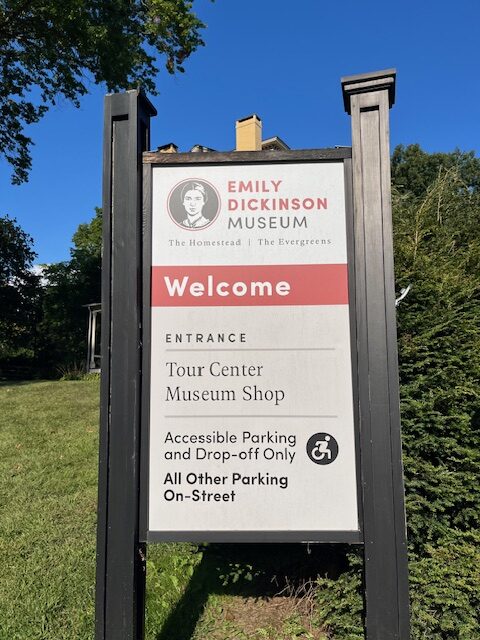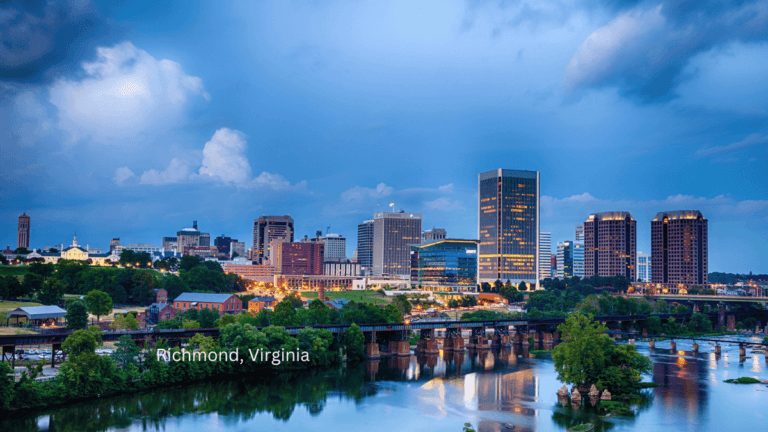7 Fascinating Reasons to Visit the Emily Dickinson Museum in Amherst MA
7 Fascinating Reasons to Visit the Emily Dickinson Museum in Amherst MA Facebook Youtube Tiktok Instagram When I visited the Emily Dickinson Museum in Amherst, I felt an immediate sense of connection to the poet’s world. Standing on the grounds where Emily lived and wrote was a surreal experience….
7 Fascinating Reasons to Visit the Emily Dickinson Museum in Amherst MA
When I visited the Emily Dickinson Museum in Amherst, I felt an immediate sense of connection to the poet’s world. Standing on the grounds where Emily lived and wrote was a surreal experience.
The garden, filled with the kinds of flowers and trees that inspired her, made me imagine how she would have sat at her window, quietly observing the world around her. There was something deeply moving about being in that space—a place where so much beauty and introspection took shape in her poems. Walking through those grounds, I felt closer to the quiet genius of Emily Dickinson, her words resonating even more deeply after seeing the place she called home.

The Emily Dickinson Museum
The Emily Dickinson Museum, located in Amherst, Massachusetts, is a must-visit destination for literature lovers, history buffs, and anyone intrigued by the life and mind of one of America’s most enigmatic poets. This historic site includes two homes: the Homestead, where Emily was born and lived most of her life, and The Evergreens, her brother Austin’s home. Although Emily Dickinson’s reclusive lifestyle kept her out of the public eye during her lifetime, her poetry—only a few of which were published while she was alive—has made a lasting impact, influencing feminist thought, modern poetry, and other discussions.
Here are 7 reasons why this historic house is worth exploring:
Watch the Video!
Distance
The Emily Dickinson Museum is located in Amherst, Massachusetts, and is approximately 90 miles west of Boston, about a 1.5 to 2-hour drive. It’s just 25 miles north of Springfield, MA, making it about a 30-minute drive from there. If you’re coming from Newport, Rhode Island, the museum is around 120 miles away, roughly a 2.5-hour drive. For those traveling from Bangor, Maine, the distance is about 250 miles, which is approximately a 4.5-hour drive.
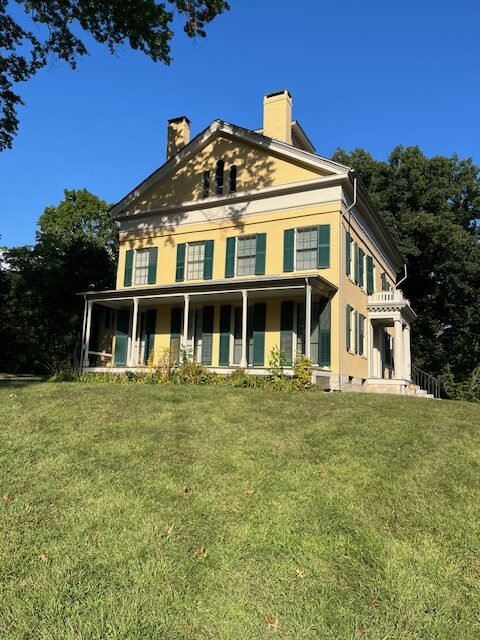
2. The Evergreens: A Window Into the Dickinson Family
Next to the Homestead is The Evergreens, home to Emily’s brother Austin Dickinson and his wife, Susan. The Evergreens offers a glimpse into a more social side of the Dickinson family. While Emily preferred solitude, her brother Austin was more active in Amherst’s civic and social scene. This contrast is visible in the style and design of the two houses, highlighting the different worlds they inhabited.
Visitors can see the room where Emily often slipped poems under the door for Susan, who was one of her closest confidantes. This close and complicated relationship between Emily and Susan has led many scholars to speculate on the possibility of Emily’s queerness—a discussion that brings new perspectives to the poet’s life.

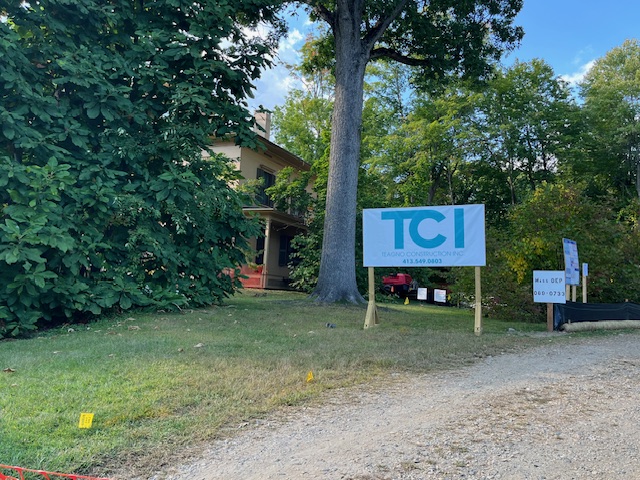
3. Emily Dickinson’s Feminist Legacy
Emily Dickinson wasn’t vocal in political or feminist movements, but her life and work reveal a quiet rebellion against the norms of her time. She lived independently, wrote prolifically, and resisted societal expectations that women should marry and play a public role in the domestic sphere. Her choice to remain unmarried and childless, combined with her focus on intellectual and creative pursuits, aligns her with early feminist values.
Her poetry often tackles themes of power, identity, and self-expression, which resonate with feminist thought today. In an era where women’s voices were often silenced, Emily Dickinson’s poetry spoke volumes—albeit in a unique, unconventional style that was ahead of her time.

4. The Grounds: A Poet’s Sanctuary
While Emily may not have left the Homestead frequently, the gardens and grounds provided a source of endless inspiration for her poetry. The peaceful, natural beauty of the surroundings offers visitors a sense of what drew Emily to nature. The gardens are filled with plants that she would have known and written about, including many varieties of flowers.
The serenity of the grounds helps visitors understand why she preferred to retreat into her home and her writing. For her, the world beyond the garden gates was less significant than the world she could create with her words. Walking through the garden feels like stepping into one of her poems.

5. A Place of Literary Pilgrimage
The Emily Dickinson Museum is more than just a historical site—it’s a place of pilgrimage for literature lovers. For many, it’s a chance to connect with one of the greatest poets in American history. The museum offers guided tours that delve deep into her life and work, providing context to her often mysterious and fragmented poetry. Visitors leave with a greater understanding of the person behind the verses and the complexities that shaped her writing.
6. Emily’s Complicated Relationships
Emily Dickinson’s relationships, particularly with her family and closest friends, were complex and intense. Her bond with her sister-in-law, Susan Gilbert Dickinson, is of particular interest. The two women exchanged hundreds of letters, and some scholars have suggested that their relationship was more than just platonic. Many of Emily’s poems were addressed to Susan, hinting at a deep emotional connection that may have gone beyond friendship.
She also had close ties to others, including Rev. Charles Wadsworth and Judge Otis Lord, both of whom she referred to as significant emotional figures in her life. The ambiguity in her relationships and sexuality continues to intrigue readers and scholars, adding layers to the interpretation of her work.
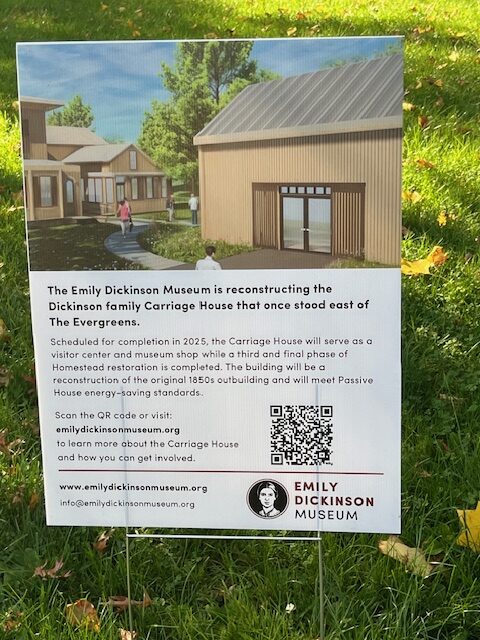
7. Emily Dickinson’s Enduring Influence
While Emily Dickinson published very little during her lifetime, her influence on American literature cannot be overstated. Her poetry broke the conventions of the time, both in form and subject matter. She used short lines, slant rhyme, and unconventional punctuation, which confused readers at first but has since been recognized as groundbreaking. Her work delves into themes like death, immortality, and nature, challenging the 19th-century expectations of women writers.
Today, Emily Dickinson is celebrated not only as a poet but also as a trailblazer for women and LGBTQ+ writers. Her reclusive life and profound introspection resonate with those who see her as an early feminist or queer figure, challenging societal norms simply by living life on her own terms.


Plan Your Visit to the Emily Dickinson Museum
Located at 280 Main Street, Amherst, MA, the museum offers visitors a unique opportunity to step back in time and explore the life of one of America’s most important poets. Whether you’re drawn by her writing, intrigued by her personal life, or simply want to enjoy the beauty of the grounds, a visit to the Emily Dickinson Museum is a fascinating and enriching experience.
The museum is open for tours seasonally, so be sure to check their schedule before planning your visit. And don’t forget to stroll around the charming town of Amherst, with its blend of historic charm and vibrant college-town energy.
Visiting the Emily Dickinson Museum is like stepping into her world—a world of quiet rebellion, profound thought, and unparalleled creativity. Whether you’re a fan of her poetry or just interested in learning more about her life, the museum offers a wealth of insight into one of America’s most fascinating literary figures.
Articles on Traveling Around Western New England
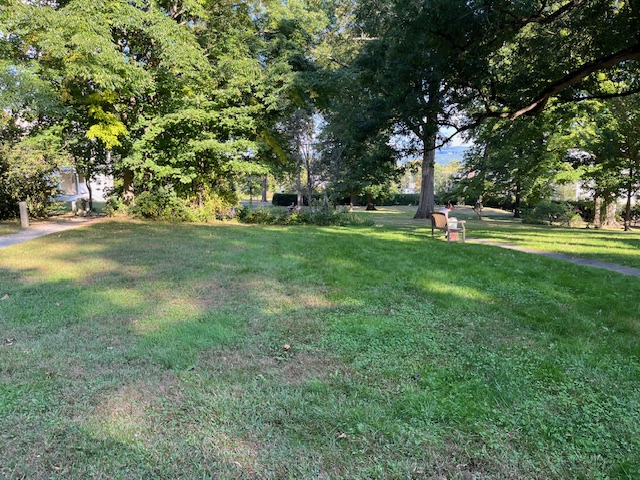
Emily Dickinson was born on December 10, 1830, and lived until May 15, 1886. She spent most of her life in Amherst, Massachusetts, where she wrote nearly all of her poetry, much of which was only published after her death.
Poems: Emily Dickinson
Emily Dickinson is known for her unique style, characterized by short lines, slant rhyme, and unconventional punctuation. Many of her poems explore themes like death, immortality, nature, and self-reflection. Here are some of her most famous poems:
“Because I could not stop for Death”
This poem personifies death as a kind figure who takes the speaker on a carriage ride, reflecting Dickinson’s fascination with mortality and the afterlife. It begins with: “Because I could not stop for Death –
He kindly stopped for me –
The Carriage held but just Ourselves –
And Immortality.”
“Hope is the thing with feathers”
A poem about resilience, Dickinson likens hope to a bird that persists even through hardship. It starts with: “Hope is the thing with feathers –
That perches in the soul –
And sings the tune without the words –
And never stops – at all –”
“I heard a Fly buzz – when I died”
This poem describes the speaker’s experience at the moment of death, with a fly symbolizing the mundane that intrudes on the profound. It begins: “I heard a Fly buzz – when I died –
The Stillness in the Room
Was like the Stillness in the Air –
Between the Heaves of Storm –”
“I’m Nobody! Who are you?”
This playful poem questions identity and fame, embracing the speaker’s anonymity. It opens with: “I’m Nobody! Who are you?
Are you – Nobody – too?
Then there’s a pair of us!
Don’t tell! they’d banish us – you know!”
“Wild Nights – Wild Nights!”
One of Dickinson’s more passionate poems, it has been interpreted as an expression of desire, perhaps romantic or spiritual: “Wild Nights – Wild Nights!
Were I with thee
Wild Nights should be
Our luxury!”
“This is my letter to the World”
This poem reflects on Dickinson’s isolation and her communication through poetry. It begins: “This is my letter to the World
That never wrote to Me –
The simple News that Nature told –
With tender Majesty.”
“A Bird came down the Walk”
In this poem, Dickinson explores nature’s delicate balance and her sense of wonder through the imagery of a bird: “A Bird came down the Walk –
He did not know I saw –
He bit an Angleworm in halves
And ate the fellow, raw.”
“There’s a certain Slant of light”
This poem contemplates the oppressive feeling of winter light and the emotional weight it carries: “There’s a certain Slant of light,
Winter Afternoons –
That oppresses, like the Heft
Of Cathedral Tunes –”
These poems are just a sample of Emily Dickinson’s rich body of work, much of which was published posthumously. Her introspective voice, deep symbolism, and exploration of universal themes continue to resonate with readers today.
Which Emily Dickinson poem resonates with you the most, and why? Have you ever visited the Emily Dickinson Museum in Amherst? Whether you’ve explored the grounds or taken the full tour, let us know what stood out to you during your visit. How has Emily Dickinson’s poetry influenced your perspective on life, nature, or even identity? Drop a comment and share your experience.

